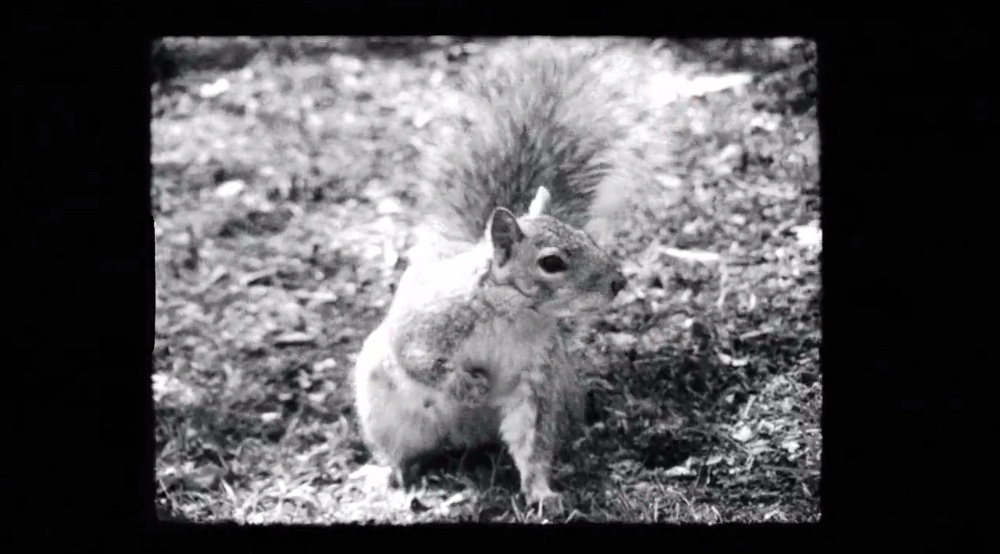Overview
The “squirrel dream” sequence of Winter’s Bone (Debra Granik, 2010) is a surreal and symbolic representation of the film’s central character, Ree. The sequence is a stark departure from the rest of the film, utilising unorthodox techniques such as black and white, grainy footage filmed with a cheap handheld camera, This serves to create a dreamscape-like atmosphere, acting as an extended metaphor for Ree, alongside the patriarchal oppression she faces over the course of the film.
Key Elements, Context, and Representation
As previously mentioned, the sequence is a striking departure from the aesthetic of the rest of the film. Granik utilises unorthodox techniques such as black and white, grainy footage filmed with a cheap handheld camera. The sequence is also shot with a vignette, 4:3 aspect ratio, furthering contributing to the surreal nature of the sequence.

The non-diegetic composed score, which rises in the mix, builds a pensive and ominous atmosphere, further emphasising the surreal and dreamlike quality of the sequence. The squirrel in the sequence is a metaphor for Ree, who is a victim of a disrupted naturalistic environment. The squirrel’s peaceful existence is displayed through the squirrel’s shuddering fear. The camera movements are rapid and disorienting, overwhelming the viewer and adding to the otherworldly nature of the sequence. A worms-eye-view shot of the trees is used, displaying the squirrel, and by extension, Ree, as dwarfed, emphasizing her vulnerability.
The jarring diegetic sound of a chainsaw, representing the squirrel’s impending doom, is symbolic of the masculine-oriented world that Ree is a part of, creating a sense of foreboding. The Dutch angle shot of vultures tearing at carrion symbolises Ree’s poverty-stricken way of life, with the vultures themselves representing the men in her life who cause destruction and harm. The vultures merely abandon the destruction they have caused, representing the fact that Ree must deal with the aftermath of Jessop’s disappearance. This further bolsters the feminist ideology of the film. The final shot of billowing smoke represents ultimate destruction, both physically and emotionally, underscoring the themes of poverty and struggle that pervade the film.
In conclusion, the “squirrel dream” sequence is a surreal yet powerful representation of the film’s protagonist, Ree and the struggles she must face head-on The use of visual and audio techniques creates an otherworldly, dreamlike atmosphere, enhancing the impact of the sequence on the viewer. The feminist ideology of the film is rooted in the representation of Ree as a victim of a masculine-oriented world, and the themes of poverty and struggle that pervade the film.